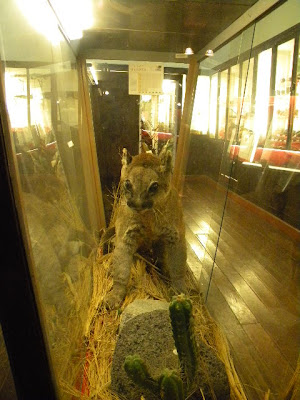Mi familia
de "host" en Cusco siempre me sirve la misma tipo del desayuno,
excepto los domingos cuando hay un poco más, con dos o tres tipos de pan y unas
aceitunas que a mi padre "host" le encantan. Cada mañana tomo el té (regular o, si me
siento enferma, el de manzanilla para cólicos o de coca para jaquecas) con un
poco de azúcar marrón; queso; pan dulce en el forma de croissants o pan chuta
(pan tradicional hecho en una estufa de lena); jalea de sauco, una
planta indígena a Cusco; la mantequilla; y jugo de fruta fresco exprimido. El
agua para el té mantiene caliente en un termos, un sistema ingenio.
|
My host family in Cusco serves me the same type
of breakfast every morning, except Sundays when there's a little more, with two
or three types of bread and some olives which my host dad loves. Every morning
I have tea (regular or, if I feel sick, chamomile for stomach problems or coca
for headaches) with a little brown sugar; cheese; sweet bread shaped like
croissants or a traditional bread made in a brick oven; sauco jelly made from a
plant indigenous to Cusco; butter; and freshly squeezed fruit juice. The water
for tea is kept warm in a thermos, an ingenious system.
|

































